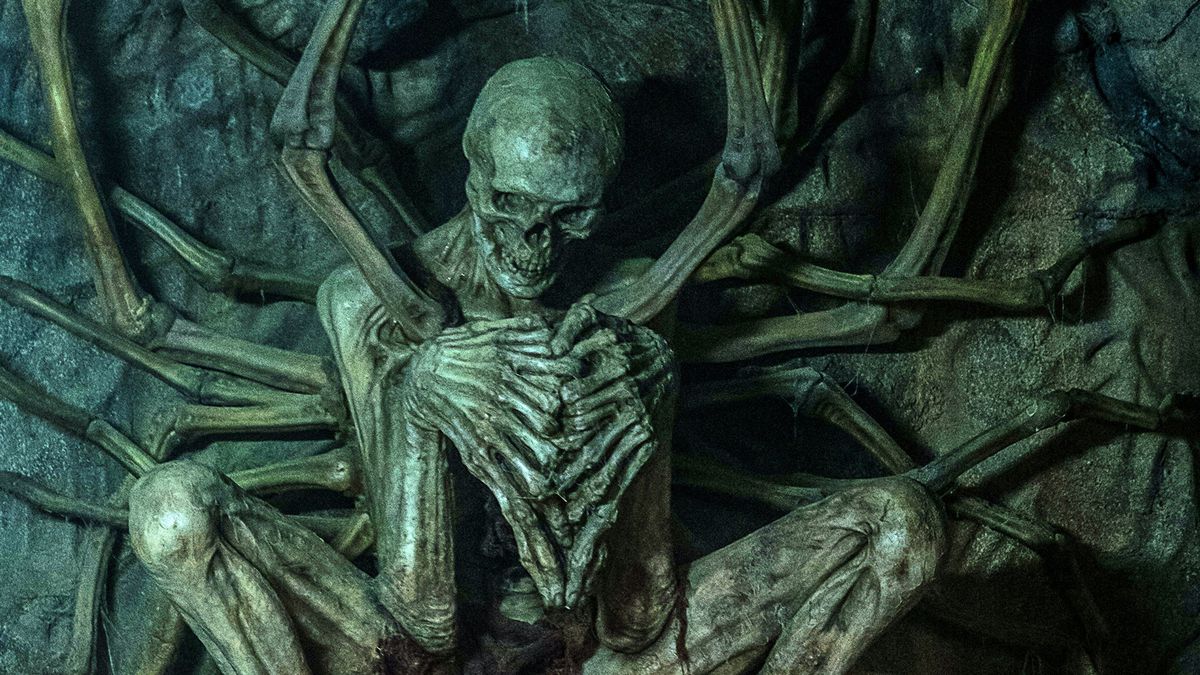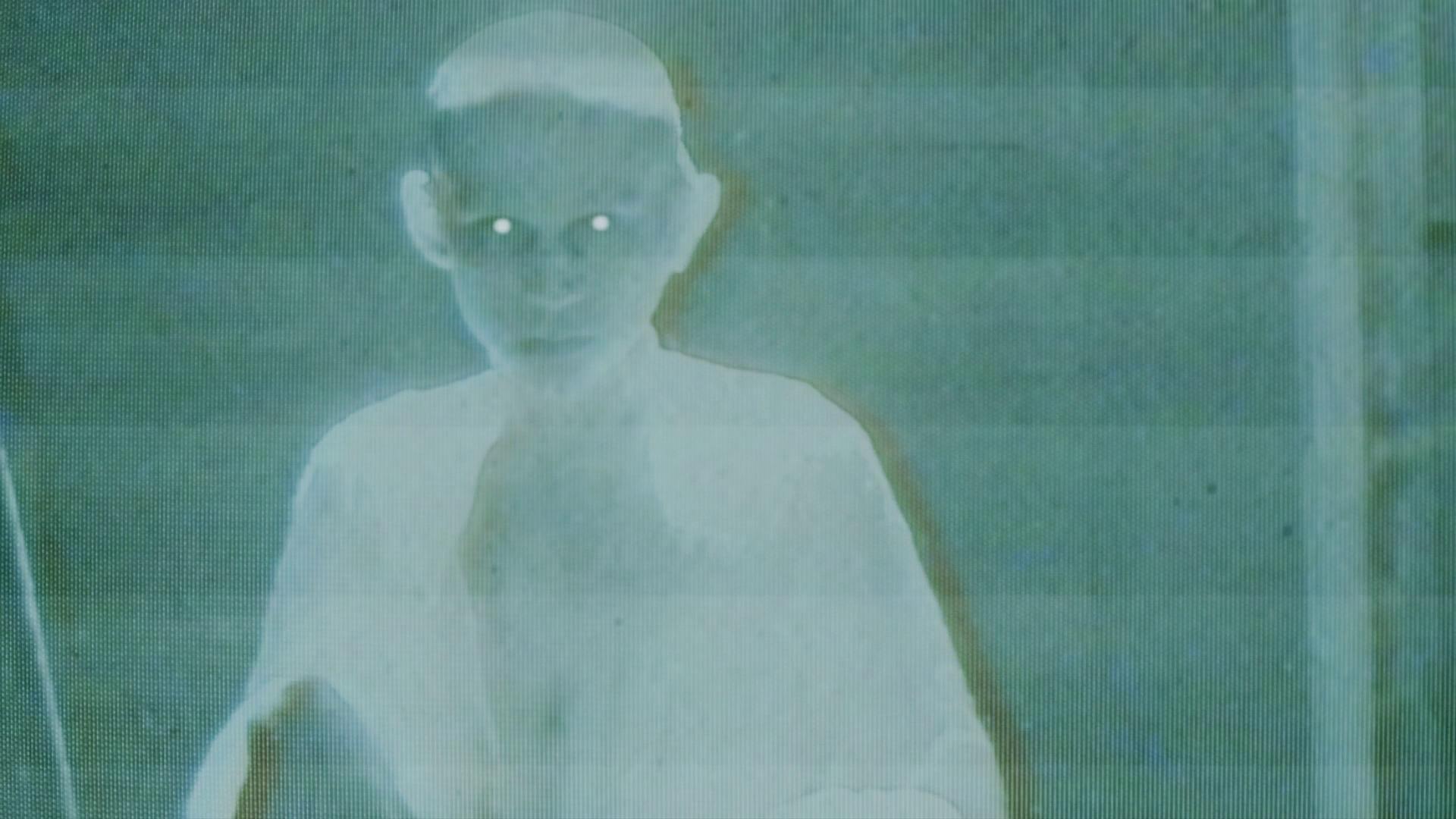Jake Sulpice
The Empty Man
Watched on November 18, 2023

The only reality is there is no reality. Except for him. His endless, black chaos.
While The Empty Man does have some relation to folklore like Bloody Mary or films like Candyman or The Bye Bye Man, it more closely resembles a combination of traditional folk horrors like The Wicker Man and modern takes of the genre such as The Ritual, As Above, So Below, and Trollhunter. The film begins with a chilling 20-minute introduction that feels like a standalone short film. This prologue is a tantalizing prelude, laying the groundwork for the unfolding eerie tale. The descent into the chasm introduces a nightmarish creature with a bone-chilling design, one of the movie’s hallmark moments.
David Prior’s direction wonderfully blends horror, mystery, and psychological thriller elements into a compelling folklore-inspired narrative that weaves together seamlessly. At its core, The Empty Man is a visually impressive, mind-bending puzzle with excellent cinematography, utilizing sweeping shots and meticulous framing that add depth to the eerie atmosphere. The lighting and shadows create an unsettling ambiance that heightens the suspense and intensifies your immersion in the story. Occasional flashback sequences create a meticulously crafted enigma surrounding the Pontifex institution and the protagonist, contributing to the overall sense of unease that permeates the film. The narrative unfolds with a deliberate pace, allowing the tension to build gradually and culminate in a climax that is both shocking and thought-provoking.
The Empty Man is anchored by a standout performance from its lead actor, James Badge Dale, whose nuanced portrayal of former police officer James Lasombra adds range to the character and elevates the film as a whole. The supporting cast also delivers praiseworthy performances, leading to an overall cohesion of the ensemble; the chemistry between James and Nora is tangible, along with the seemingly father-like role James has over Amanda, which in turn enhance the believability of the unfolding events that draw the viewer deeper into the film’s inexplicable world.

What sets this film apart from other modern horrors is its willingness to challenge its audience and take creative risks. Aside from the excessive exposition of a structural plot point, it doesn’t spoon-feed answers or rely on overindulgent jump scares to elicit fear; instead, it invites you to grapple with existential questions and confront the unknown. The film’s intricate, sometimes non-linear plot and layered symbolism provide plenty of substance for post-viewing discussions, making it a memorable experience for those who appreciate stories that transcend the boundaries of genre.
As the story unfolds, I particularly thought the slow revealing of James’ life and the connection between the introductory sequence and the primary plot was sublime; as the film unveiled each piece of the enigmatic story, I found myself genuinely surprised and curious about what else I had yet to pick up on. The Empty Man is a modern achievement of horror cinema demonstrating the genre’s bone-chilling and intellectually stimulating potential. David Prior has crafted a film that stretches conventions in an unnerving, uneasy manner that stays with you after the final scene and credits roll.
Who would have thought a man who lived in San Francisco would relentlessly intertwine with a strange, unorthodox cult that goes against everything he cares for?
You transmit, we receive.
Details
- IMDB | Letterboxd
- Released in 2020
- Directed by David Prior